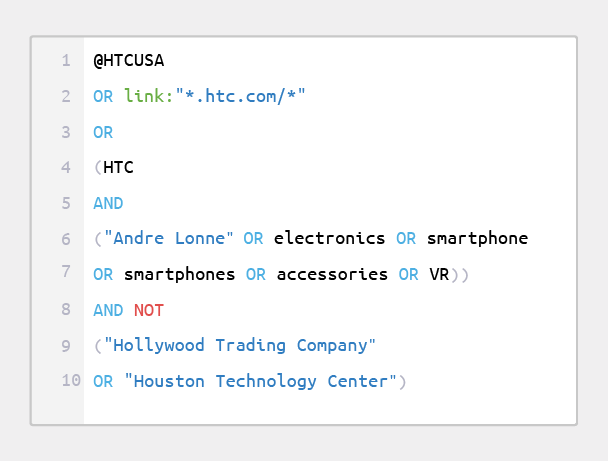


In this case, be sure to use the command “site:”. This part comes in handy when you don’t have a recruiter seat on Linkedin, but you’d like to create a more complex search to narrow down your results.
Boolean search not how to#
It’s extremely useful to know how to formulate your search to look through specific websites/ databases. These are methods that help me find quality candidates in no time. Now that you know the basics of X-Ray search, let me share with you my five tips and tricks that will make building your Boolean string easier.
Boolean search not download#
If you want to step up your game, download this great cheat sheet that our talent hacker, Paloma did: “chief * officer” when looking for a candidate who holds a C-level positionįrom my experience, those six operators and modifiers are the most important for beginners, and will soon become your best friends while sourcing. You can also include it in the middle of a phrase to fill in the gaps, e.g. You can use it at the end of a keyword you’re looking for to expand your search with similar terms (doesn’t work on Google though). Asterisk * - this is a “wild card” modifier.Quotations “” - you need quotations to look for the exact phrase, only used for more than one word.Brackets () - makes it easy to give priority to a search and segregate it in groups.NOT - enables you to exclude keywords that you don’t want to see in your search results (replaced with “-” in Google search)īoolean modifiers can help you find more quality results, by expanding and refining your search.OR - helps you get results that have either one of the keywords entered.AND - lets you find 2 keywords at the same time on one page.What are Boolean operators and search modifiers?īoolean operators are short words used to connect or exclude certain search terms. Who else has been craving ramen during lockdown? I’ve even found myself looking for a takeaway the other day. The most common use of Boolean search for me is to find CVs and Linkedin profiles, but it honestly helps you find anything you need. It allows you to translate your hiring manager's requirements to a limited search that brings up relevant candidates. To put it simply, it’s a process that can help you search through different databases. If the terms “Boolean search” or “X-Ray search” are entirely new to you, you are exactly where I was a year ago. Hopefully, they will help you out whether you are a beginner, or a person looking to refresh their knowledge. In this post, I will share with you 5 tips that helped me source for excellent candidates. Since then, I have picked up some useful methods that are making my searches faster and more accurate. Saying it’s been helpful would be an understatement. I began sourcing with Boolean very recently when starting my job as a Recruiter at LevelUp Ventures. Let me ask you this: since you’ve learned about Boolean, how often have you gone back to it to sharpen your skills? It’s our holy grail for finding the right talent and narrowing down a list of thousands of candidates to our hiring manager’s requirements. If you are a recruiter, you probably know what a Boolean search is.


 0 kommentar(er)
0 kommentar(er)
